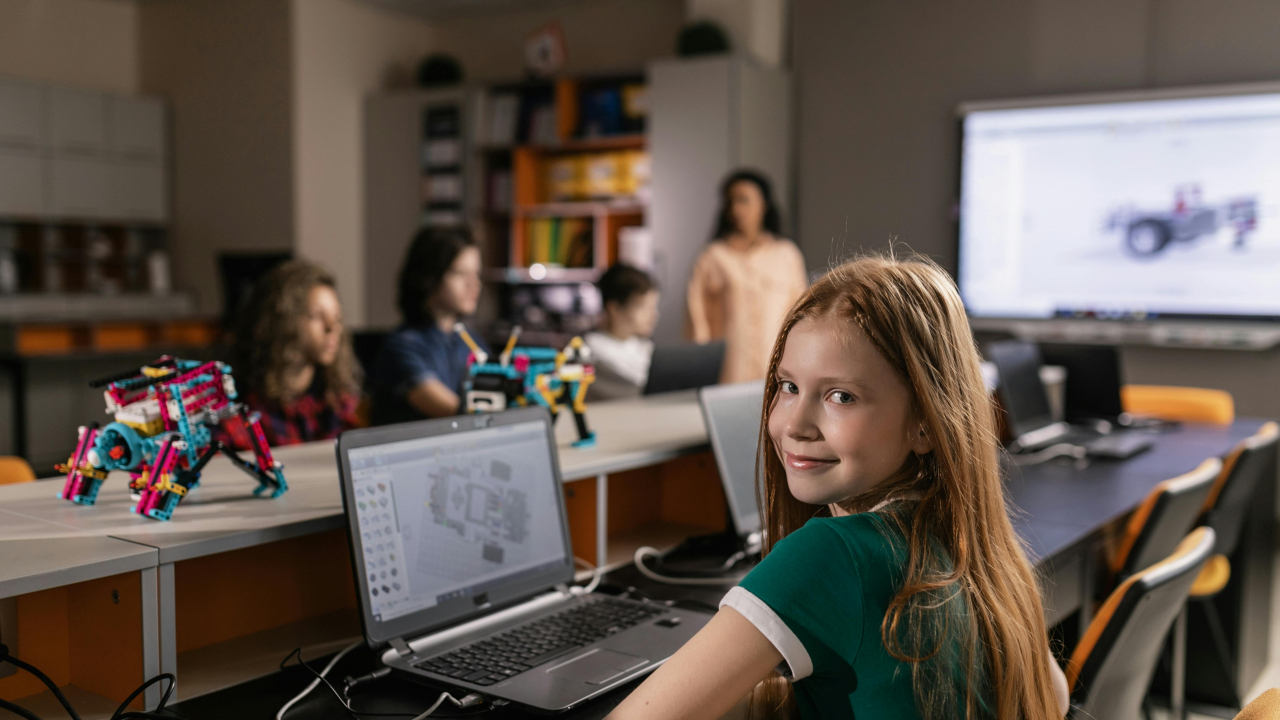The Importance of Robotics and A.I. Literacy

Robotics and A.I are increasingly transforming the world, and the implications within education are unprecedented.
For educators, these technologies can present a multitude of challenges; from budgets, to training for staff, to figuring out how to evaluate a written assignment that may not have been written by a human… let alone your student.
But as large as these changes are for educators, the implications are even greater for students. Forecasts show that 20% - 47% of all jobs will be eliminated over the coming decade. Hundreds of millions of jobs will disappear globally, being replaced by hundreds of millions of new jobs that require enhanced digital and technical literacies. The changes will be so pervasive that The World Economic Forum is forecasting 1 billion people will need retraining by 2030 – just seven years from now.
These changes won’t be isolated to a single industry or profession. They will propagate across all industries, and people that have strong technical skills (including robotics and A.I. literacy) will be significantly advantaged.
Unfortunately, most schools aren’t offering any education in these technologies, and even in schools with programs or after-school clubs, the vast majority of students aren’t interested, the way they are currently being taught.
In middle schools, enrolment averages 5% - 15%. In high schools, enrolment is even lower at 3% of boys and 0.3% of girls. In a school with 2,000 students, that equates to just 30 boys and 3 girls, while 1,967 students aren’t getting any education about these two technologies that will transform all aspects of our lives.
It's truly a crisis and requires educators to rethink how they approach robotics and computer science education. Here are four important strategies and re-thinks that will help ensure your school is preparing students for an evolved workplace.
Understanding Current Enrolment Stats
Boys vs Girls When we look at high school enrolment stats for robotics (3% of boys and 0.3% of girls) it’s easy to assume that boys are 10x more interested in robotics than girls, but there is a more revealing way to look at those stats. 97% of boys and 99.7% of girls aren’t interested in robotics the way it is currently being taught. That’s a difference of only 2.7% between boys and girls, but the most important aspect is that current strategies for teaching robotics aren’t generally appealing for either boys or girls.
Redefining what a Successful Robotics Club or Program Looks Like:
Three years ago, it was perfectly reasonable to judge the success of your robotics program based upon where you placed in a competition and if students had an enriching educational experience.
Those benchmarks are still relevant, but can a school truly be considered to be delivering a strong 21st century education if they win a competition with less than 2% participation, with 98% of their students not receiving any education about two technologies that will redefine the workplace?
Given the impact that robotics and A.I. will have in the workplace, any analysis of the success of robotics and computer science programs must include consideration for enrolment across your entire student population.
Stay up to date
Subscribe to the free GESS Education newsletter and stay updated with the latest insights, trends, and event news every week. Your email address will remain confidential

